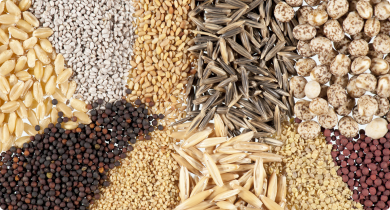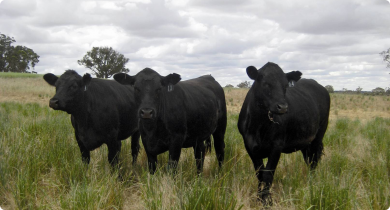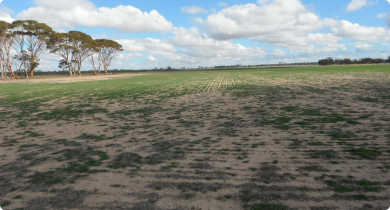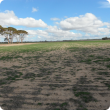Pastures
Pastures play a major role in agricultural enterprises and contribute over $3 billion annually in Western Australia through animal production, improvements to crop rotations and conserved fodder. In a typical year pastures occupy up to half the land in low to medium rainfall areas and over two thirds of the land in high rainfall areas. Improved pastures are increasingly being used to play a more comprehensive role in farming systems to address emerging challenges for environment protection and food production.
The Department of Primary Industries and Regional Development is a world leader in pasture breeding and selection, grazing systems design and agronomic management of pastures. The department provides information, tools and resources to support the success of the agriculture sector in improving the productivity and profitability of pasture systems under both dryland and irrigated conditions.
Articles
Filter by search
Filter by topic
- Livestock & animals (7) Apply Livestock & animals filter
- (-) Remove Pasture management filter Pasture management
- (-) Remove Sheep filter Sheep
- (-) Remove Livestock species filter Livestock species
- (-) Remove Livestock management filter Livestock management
- Feeding & nutrition (5) Apply Feeding & nutrition filter
- Management & reproduction (1) Apply Management & reproduction filter
- Livestock research & development (1) Apply Livestock research & development filter











